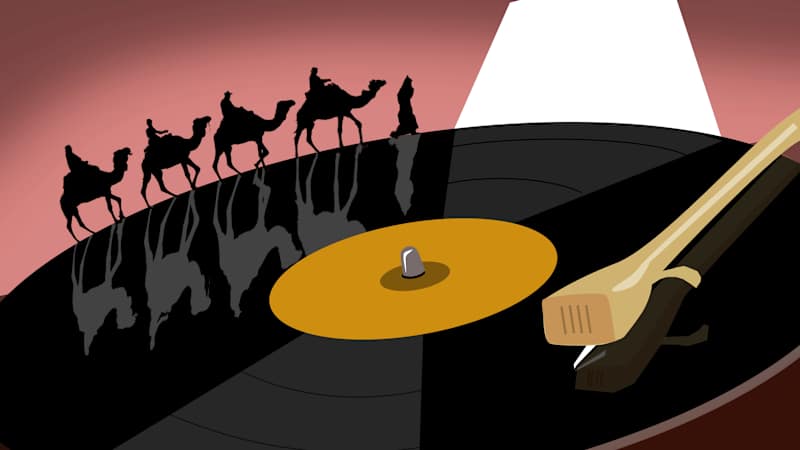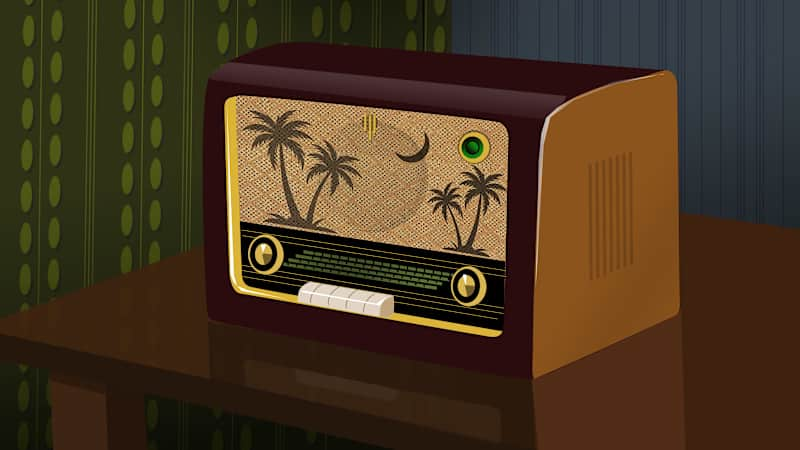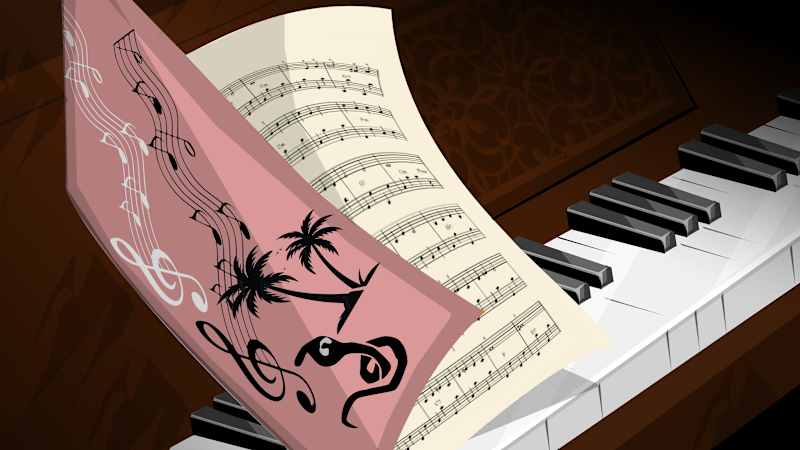Can’t listen to these anymore? A gloomy side was found in the strokes loved by Finns
A recent doctoral dissertation shows how Finns have laughed at different people, even to whole nations. The mockery speaks of uncertainty.
Finnish classic citizens have always relied on far -reaching and the wonders of the Orient. The songs tell us that there is a country where Laine Laine Lainen Lainen, and how to hide the jungle, the Temple’s ruin is a secret hiding place.

Hänninen has long worked as a journalist on the Finnish Broadcasting Company. He has listened to and has been practicing and loved old strokes for decades in his spare time. Exotic palm beaches and king cobrates have entertained him. In recent years, however, Hänninen has become aware that stroke words are not just fun.
A more detailed review revealed how they repeat the same prejudices again and again. The lyrics began to sound distressing. According to Hänninen, entertainment and popular culture is a surprising amount of people’s thinking.
– When the same stereotypical picture of Asian or African people, for example, is repeated in Western films, entertainment literature, series, games and strikes, it begins to become reality in people’s minds.
In his doctoral dissertation, Hänninen speaks of linguistic oppression. Language can be used to question human dignity and intelligence by repeating expressions based on prejudice.
African Wild and Arab Sultans of the Arab countries
Harto Hänninen has gone through 245 Finnish -speaking words for his doctoral. In time, they date back to the 1920s to the 1960s. Hänninen has shared the lyrics according to the continent to travel to the stories of the strokes.
One major object of exoticization has been Africa’s mainland, especially the south of the Saharan Africa.
– According to the strokes, there is a mere jungle that lives in primitive tribes. Black Africans are identified with some wild, almost animal kingdom, Hänninen analyzes.
The songs are often adventured by a white man who bravely penetrates the villages and jungles. He might become a native to worship in the style of Peppi Pitkätossu’s father. No Finnish woman in these stories has gone to the mercy of the cannibals described in the songs.

Women are often found in shocks that depict \”eastern countries\ or Asia and the distances. With Chinese women on the topic of stroke, they are described as unreliable, even criminals, drug users or prostitutes.
China’s 19th-century humiliating opium wars and later on the use of opium, Western kiosk literature left the ground for a long time.
Japanese women in the songs, on the other hand, are gentle and cute cherry flowers. Japanese language and restrained culture were admired. After World War II, the Japanese gained a lot of compassion.
* The protagonist of the Madame Butterfly* opera, CIO-CIO-San, also influenced the entertainment world image of Japanese women.
– Japanese women in the stroke are lonely creatures that had abandoned and left to wait for the Western man, says Hänninen.
Arab culture was also treated exotic. Women behind their veils were seen as seductive haremen dancers and men as plot robbers or rich sheets.
Often, in Finland, popular strokes were imported by the doctoral dissertation. The Finnish translations followed the original lyrics. Thus, the time of the same kind of repetition culture was lived in the United States and elsewhere in Europe.
To what was not known was laughed
During the doctoral dissertation, Harto Hänninen has tried to understand the time when the lyrics of the stroke were born. Although in the 1920s they lived in different worlds than in the 1960s, there are similar features during and between the eras.
For a long time, Finland was a country of cohesive culture, or at least our history writing has created such an image. During the decades discussed in the doctoral dissertation, Finland lived almost exclusively light -skinned people, and traveling was only a privilege of few.

Diversity was perceived as frustrating, sexy and even scary. The unknown could also tear the humor, as it was easy to laugh at strange ways and people. Indeed, the exotic tongue flowers of the strokes stem from diversity.
– Like all the popular culture, the strokes need to keep people’s thoughts, wishes and dreams, says Hänninen.
The lyrics reflect both far -reaching and world politics events. The sources of inspiration were, for example, popular films, where Tarzan, like Tarzan, jumped in Lian’s West African jungle or transported the Kwai River Bridge in Burma (now Myanmar).
Can’t listen to these anymore?
One of the reasons why Hänninen began to explore the words of the stroke was that he found that people who knew very stroke music and its history had never really listened to what the songs really say. With his doctoral dissertation, he wants to wake up people.
The wake -up to sketch racism and sexism has ruined many of the entertainment programs before being fun. They have gone to taste. Of course, when reading Hänninen’s doctoral dissertation, it comes to my mind whether the nonsense is now also on the old strokes.
Can’t listen to these anymore?
– Of course everyone can listen to what they want. It is also worth listening to what the songs say and think about whether it is correct, says Harto Hänninen.
